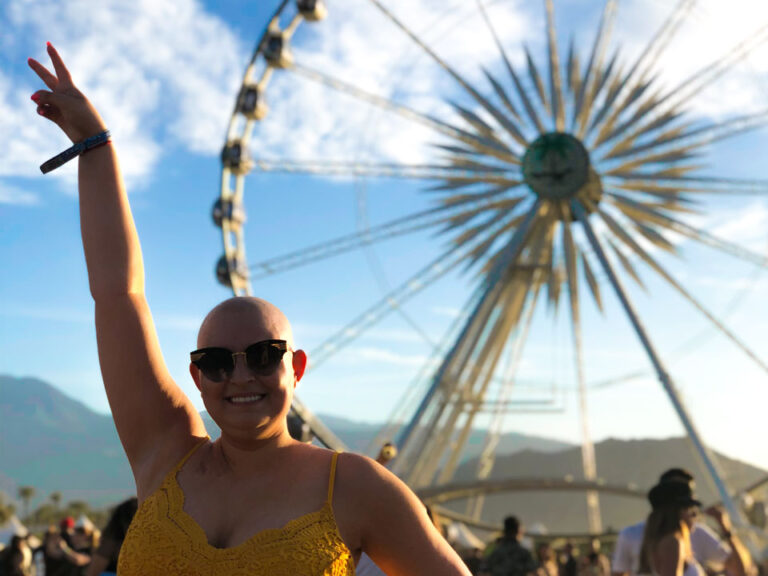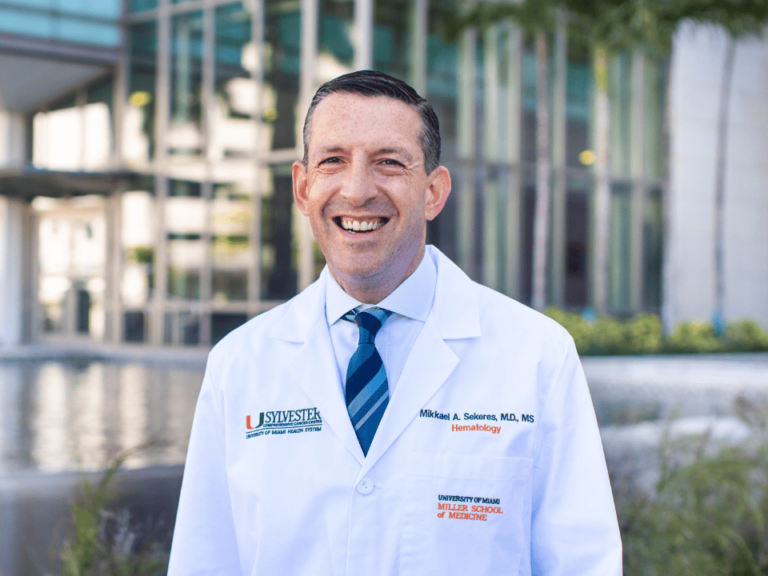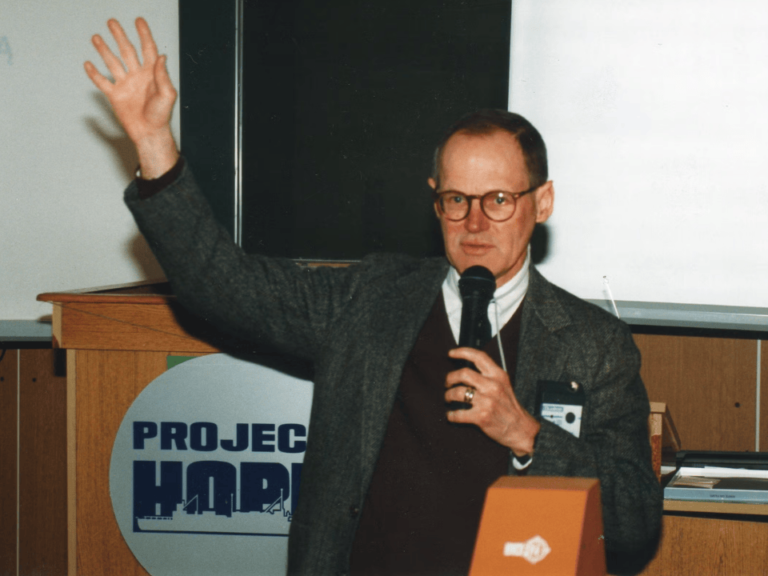The cancer death rate dropped 1.7% from 2014 to 2015, continuing a decline that began in 1991 and has reached 26%, resulting in nearly 2.4 million fewer cancer deaths during that time.
The data is reported in Cancer Statistics 2018, the American Cancer Society’s comprehensive annual report on cancer incidence, mortality, and survival. It is published in CA: A Cancer Journal for Clinicians and is accompanied by its consumer version: Cancer Facts and Figures 2018.
The report estimates that there will be 1,735,350 new cancer cases and 609,640 cancer deaths in the United States in 2018. The cancer death rate dropped 26% from its peak of 215.1 per 100,000 population in 1991 to 158.6 per 100,000 in 2015. A significant proportion of the drop is due to steady reductions in smoking and advances in early detection and treatment.
The overall decline is driven by decreasing death rates for the four major cancer sites: Lung (declined 45% from 1990 to 2015 among men and 19% from 2002 to 2015 among women); female breast (down 39% from 1989 to 2015), prostate (down 52% from 1993 to 2015), and colorectal (down 52% from 1970 to 2015).
Over the past decade, the overall cancer incidence rate was stable in women and declined by about 2% per year in men.
The report also finds that while the racial gap in cancer mortality continues to narrow, this mainly reflects progress in older age groups, and masks stark persistent inequalities for young and middle-aged black Americans.
Among all ages combined, the cancer death rate in 2015 was 14% higher in non-Hispanic blacks than in non-Hispanic whites, down from a peak of 33% in 1993. However, while the gap narrowed to 7% in those 65 or older, likely in part due to universal health care access for seniors through Medicare, mortality rates were 31% higher in blacks than in whites under 65, with much larger disparities in many states.
While the new report also finds that death rates were not statistically significantly different between whites and blacks in 13 states, a lack of racial disparity is not always indicative of progress. For example, cancer death rates in Kentucky and West Virginia were not statistically different by race, but are the highest of all states for whites.
Other highlights:
The overall estimate of 1,735,350 cases for 2018 equals more than 4,700 new cancer diagnoses each day.
Prostate, lung, and colorectal cancers account for 42% of all cases in men, with prostate cancer alone accounting for almost one in five new diagnoses.
For women, the three most common cancers are breast, lung, and colorectal, which collectively represent one-half of all cases; breast cancer alone accounts for 30% all new cancer diagnoses in women.
The most common causes of cancer death are lung, prostate, and colorectal cancers in men and lung, breast, and colorectal cancers in women. These four cancers account for 45% of all cancer deaths, with one in four cancer deaths from lung cancer.
The lifetime probability of being diagnosed with cancer is slightly higher for men (39.7%) than for women (37.6%). Adult height has been estimated to account for one-third of the difference.
Liver cancer incidence continues to increase rapidly in women, but appears to be plateauing in men. The long-term, rapid rise in melanoma incidence appears to be slowing, particularly among younger age groups. Incidence rates for thyroid cancer also may have begun to stabilize in recent years, particularly among whites, in the wake of changes in clinical practice guidelines.
The decline in cancer mortality, which is larger in men (32% since 1990) than in women (23% since 1991), translates to approximately 2,378,600 fewer cancer deaths (1,639,100 in men and 739,500 in women) than what would have occurred if peak rates had persisted.











